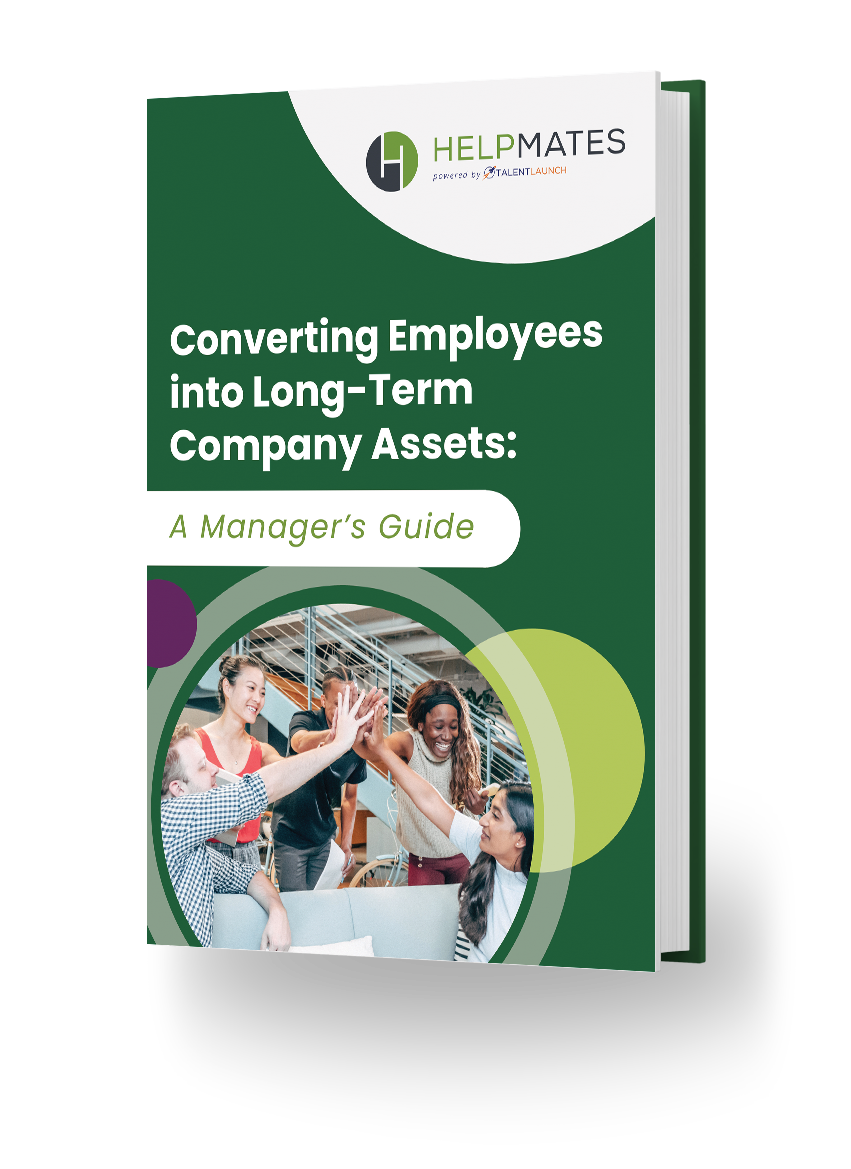No one enjoys performance reviews – neither managers nor workers. But when done well, they truly can help a supervisor gauge a person’s progress, or lack thereof.
Here are a few strategies to use to make your performance reviews as effective as possible.
- Set an agenda for the meeting.
Begin the meeting by letting the employee know what you will be talking about, so the person knows what is coming. For example, you can tell the employee that you will first talk about how their job has been going, then about areas where he or she can improve or grow, and then things you both can do to make the job more meaningful for the person.
Also during the meeting, you should take notes of everything that was covered. These can be very helpful going forward if there is any question about what was discussed or agreed upon.
- Ask for the worker’s opinion.
Before you begin the review, get input from the employee. Find out how they think the job is going. Giving the person the opportunity to express their opinion will help get the meeting off to a good start. It will also help to give you an idea of the employee’s mindset and attitude.
Indeed, the employee may volunteer information about where they can improve and new projects he would like to undertake.
- Give positive feedback.
Again, it helps to begin by giving positive feedback to the worker so that they know their work is recognized and valued. Be as specific as possible. For example, if the person has done a good job completing a particular project or handling a tricky negotiation, you should let them know about it.
- Talk about ways to grow in the job.
No matter how well someone is doing in a job, there are always areas where they can improve. And you are not doing your job as a supervisor if you are not helping your people grow in their jobs. You have to think about what the person can do to prepare for positions they would like to hold in the future.
What skills does the person need to grow in the job, and what can you do to help the person acquire those skills?
Conversely, if the person is struggling, you would focus on giving them useful feedback. The focus would be on the skills the person should be building in order to improve their performance. You should be able to provide specific examples of how the person can make improvements
- Talk about future goals.
You also need to talk about where the person is headed. Are they looking for a promotion? Are you planning on assigning them to a new project? What performance issues need to be addressed if the person is to succeed with the company in the long term?
- Ask questions.
Finally, come back around to the employee’s opinions. Go into more detail about the opinions they expressed earlier in the review. Probe a little more deeply. Ask how they feel about the job, what is going well and what isn’t. Find out what kinds of goals they have.
The employee may have touched on these issues earlier, but it is always good idea to delve a little more deeply. Allowing the worker to express their feelings will help with engagement and productivity.
Traditionally, employee performance reviews have been held once a year. But many companies now realize that such meetings need to be held more often, at least several times during the year, if they are to be of real use to everyone involved. Ideally, managerial feedback should be an ongoing process.
If your company needs to replace an employee due to performance issues, contact the the Helpmates branch nearest you to learn more about our recruiting and placement services.







